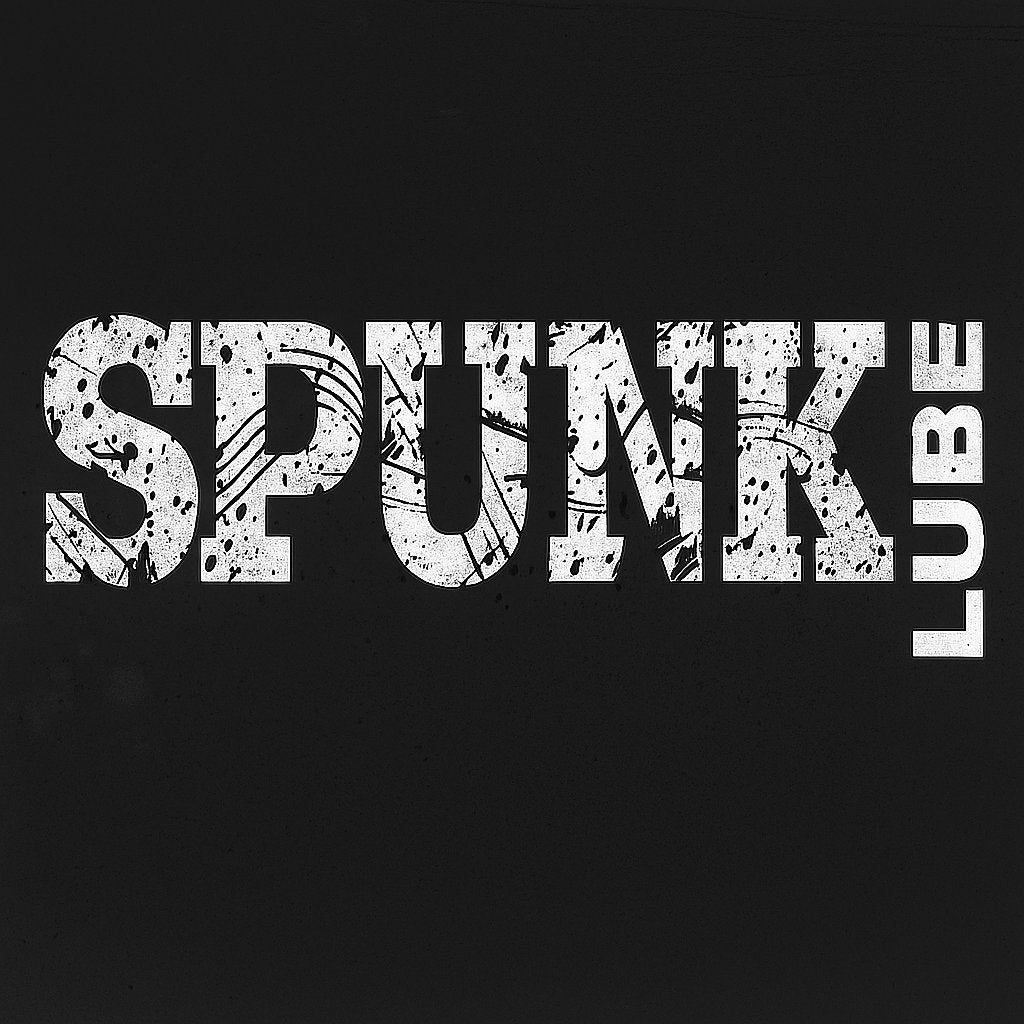How to Clean and Care for Silicone Toys Safely
High-quality silicone is non-porous, durable, and easy to care for—if you clean it the right way. This guide covers quick daily cleaning, deeper sanitizing, what to avoid (to protect finishes and electronics), and smart storage so your gear stays fresh and ready.
Silicone Basics
-
Non-porous by design – Quality silicone doesn’t harbor residue when cleaned properly.
-
Heat tolerant (when no electronics) – Solid silicone items can be boiled; anything with motors, batteries, or seams should not be boiled.
-
Finish matters – Matte or velvety finishes can show wear if scrubbed with abrasives or exposed to harsh chemicals.
Before First Use
Wash with warm water and a drop of mild, fragrance-free soap, or use a dedicated toy cleaner. Rinse thoroughly and air-dry.
After Each Use: Quick Clean
- Rinse with warm water.
- Apply mild, unscented soap or a toy cleaner; gently lather with your hands (no scrub pads).
- Rinse until water runs clear; shake off excess.
- Pat dry with a clean, lint-free towel or air-dry completely before storage.
Deeper Sanitizing (When Needed)
Use these methods sparingly to preserve finishes. Never use high heat on anything with electronics, batteries, charging ports, or glued seams.
-
Boil (3–5 minutes) – For solid silicone without electronics. Place in gently boiling water, then remove with tongs and air-dry fully.
-
70% isopropyl wipe-down – For non-motorized silicone when you can’t boil; wipe, then rinse and dry.
-
Diluted bleach (optional) – 1:10 household bleach:water soak for 10 minutes for solid silicone only; rinse extremely well and air-dry. Avoid if color fade is a concern.
What to Avoid
-
No abrasives – Skip scrub brushes, scouring pads, and gritty cleansers.
-
No harsh solvents – Avoid acetone, gasoline, industrial cleaners, or undiluted bleach soaks.
-
No dishwasher – Detergents and heat cycles vary; they can damage finishes or internal parts.
Lubricant Compatibility
To protect silicone surfaces, the safest choice is typically water-based formulas. Some silicone-on-silicone combos can react and make the surface tacky—if you use a silicone formula, patch test on a small area first and inspect over time.
Drying and Storage
-
Dry completely before storing to avoid trapped moisture.
-
Separate storage – Keep silicone items in individual pouches or clean fabric bags to prevent lint and color transfer.
-
Cool, dark place – Avoid direct sun or high heat (cars, windowsills, radiators).
-
Cable care – For rechargeable items, store with the cable but avoid kinks; ensure ports are fully dry before charging.
Troubleshooting & Maintenance
-
Surface feels tacky? Wash with soap and warm water; if caused by incompatible lubricant, the finish may not fully recover—use a storage bag and switch to water-based next time.
-
Persistent odors? Try a deeper clean (boil for solid silicone only) and allow a full air-dry. Avoid fragrance sprays.
-
Tiny tears or deep scratches? Retire the item for safety and replace.
Recommended Essentials
-
Toy Cleaners – Convenient for quick cleans when you don’t want to use soap.
-
Storage Bags – Keep items dust-free and separated.
-
Water-Based Options – Generally safest with silicone surfaces; patch-test any unfamiliar formula.
Quick Do/Don’t Checklist
-
Do use warm water, mild soap, or toy cleaner after each use.
-
Do boil only solid silicone with no electronics (3–5 minutes).
-
Do dry completely and store in clean, separate pouches.
-
Don’t use abrasives, harsh solvents, or dishwashers.
-
Don’t boil motorized or battery-powered items.
FAQ
Can I boil silicone toys? Yes—if they’re solid silicone with no electronics or glued seams. Boil 3–5 minutes, then air-dry fully.
Can I use rubbing alcohol? A 70% isopropyl wipe-down is acceptable for non-motorized silicone; rinse and dry afterward.
Is silicone safe with silicone lubricants? It can be hit-or-miss; some combos react and make surfaces tacky. Water-based is the safest default; patch test if you try silicone formulas.
How often should I deep clean? Quick clean after every use; deep sanitize as needed (e.g., after illness, partner sharing with barrier methods, or long storage).
When should I replace it? Replace if you see tears, deep scratches, swelling, or permanent tackiness.
Where to Find Care Essentials
Explore cleaners, storage bags, and water-based options on Happibee to keep your gear fresh and ready.
Note: This guide is for general care information and does not replace manufacturer instructions. Always follow the care notes provided with your specific product.

















